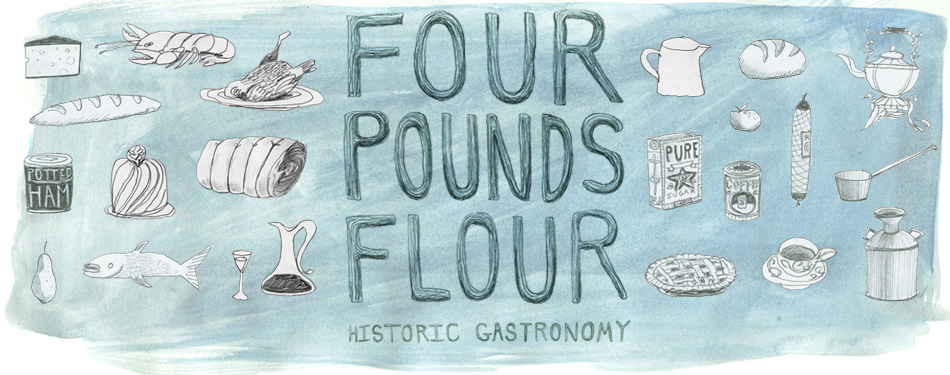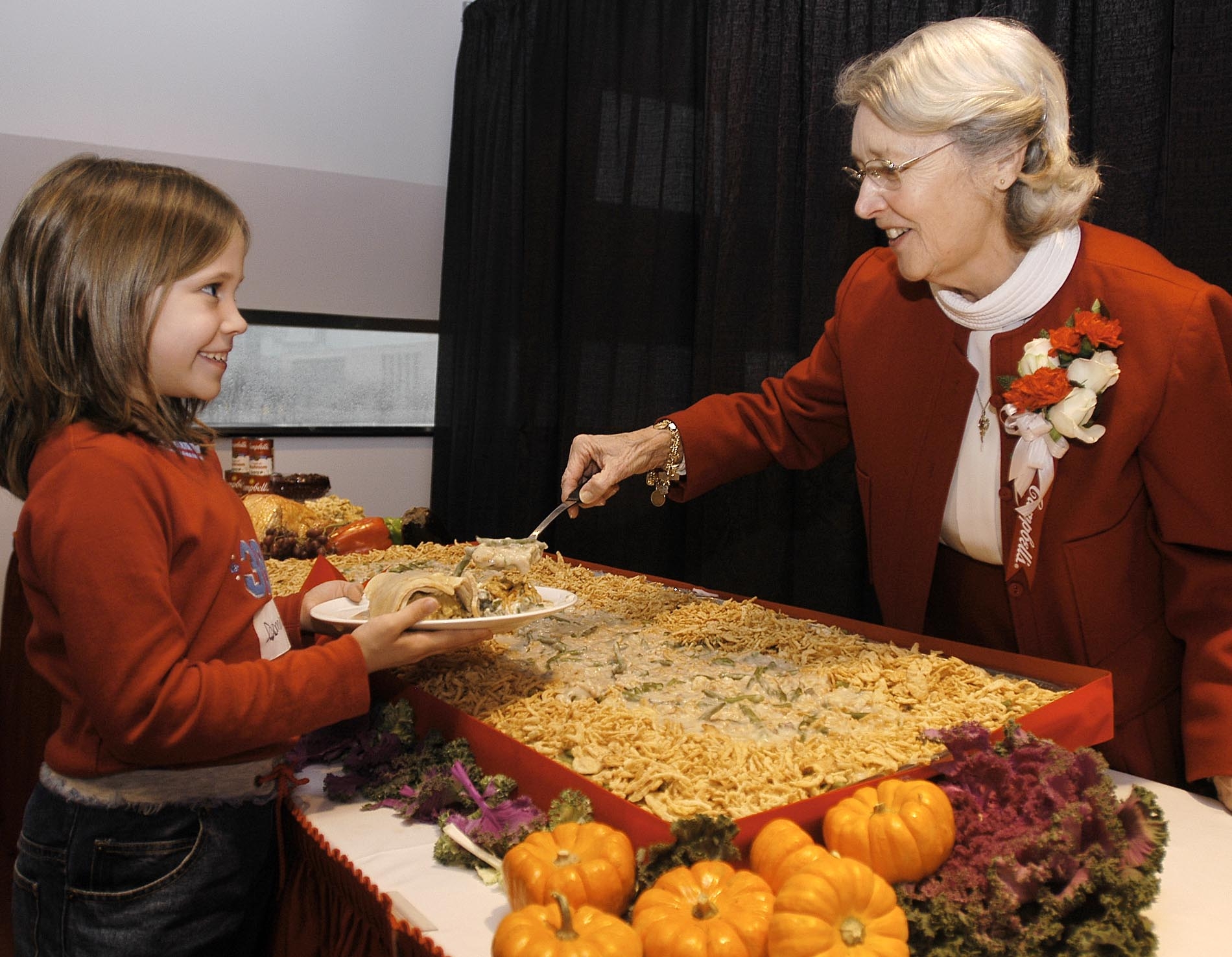The event yesterday at Old Stone House was a huge success: all the food was cooked and delicious! We had a big turnout, thanks in part to some great press leading up to the event, including a listing on Grub Street, an article in the Village Voice and, my favorite, a wonderful feature on Brokelyn. I’m going to be posting photos from the event photos soon!
Thanks to everyone who came out; also a big thanks to D’Artagnan for donating the wild turkey and the venison; and to Red Jacket Orchards who donated historic baking apples, the Newtown Pippin.
Many of those who attended requested my recipes, so I thought I’d share them with you here. They are all incredibly simple and delicious, and perfect for your Thanksgiving table.
All three of these receipts were adapted from the first American cookbook, American Cookery by Amelia Simmons. A hearth is not necessary to prepare them; you’ll do just fine in a modern kitchen.
***
Stuffing for a Turkey
This recipe makes enough for one stuffed bird. If you plan to serve it as a side; bake it in a casserole at 350 degrees for 45 minutes.
1 loaf bread or cornbread
1 stick butter
1/4 lb salt pork or fat back; or 4 slices bacon.
2 eggs
1 tsp savory
1 tsp marjoram
1 handful fresh parsley, torn
10 leaves fresh sage, torn
1 tsp each Salt and pepper, or to taste.
1. Tear bread into small pieces and put in a large bowl.
2. Melt butter and pour over bread.
3. Finely chop pork and add it to the bread mixture.
4. Add remaining ingredients. If the mixture seems too dry, add another egg.
5. Stuff into a turkey.
***
Squash Pudding
This recipe is a bit labor intensive.
2 small or one large squash. (I used 2 butternut squashes)
3 baking apples
Juice of 1/2 an orange
1/2 cup sugar
2 slices bread or 3 tablespoons unseasoned bread crumbs
1 cup cream
1 tablespoon rosewater
1/3 cup wine
3 eggs, beaten
1 tsp nutmeg
2 tsp salt
1 tablespoon flower
1. Preheat oven to 350 degrees.
2. Peel and core apples. Slice into 1/2 in – 1 inch chunks. Add orange juice to prevent apples from browning. Add to a skillet with 1/4 cup sugar. Cook on a high heat until apples bubble and steam; turn heat down to medium, and stew for 10 minutes. Remove from heat and allow to cool.
3. Cut squash into quarters; peel and cut into one inch cubes. Boil in a large stock pot, in lightly salted water, until tender.
4. Strain squash and add to a large mixing bowl. Mash to desired consistency with a potato masher, wine bottle, or other heavy implement.
5. Combine with remaining ingredients.
6. Bake from 45 minutes- 1 hour, until mixture is hot and bubbly around the edges.
***
Pumpkin Pie
2 cups pumpkin (canned or fresh)
2/3 cup sugar
1/3 cup real maple syrup (fresh pumpkin may need an additional 1/3 cup of maple sugar.)



 Dorcas Reilly scooping out casserole at the Inventors’ Hall of Fame.
Dorcas Reilly scooping out casserole at the Inventors’ Hall of Fame.
